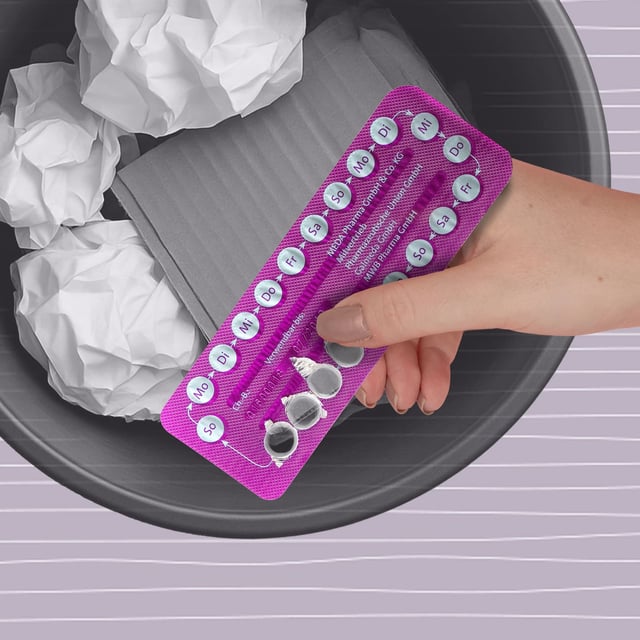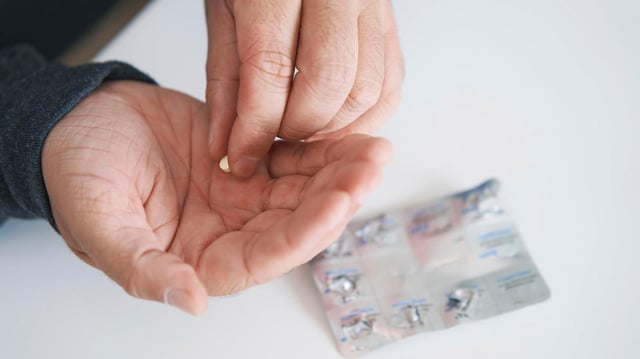Overview
- An AOK analysis reported that pill prescriptions for German women under 22 declined from about 43 percent in 2015 to roughly 22 percent in 2024.
- In 2024 both lower-risk and higher-risk combined pill formulations each accounted for 48 percent of prescriptions, marking a slight rise in riskier preparations.
- Gynaecologists note that combined pills at least double the baselines thrombosis risk from around 2–4 to 6–8 cases per 10,000 women, with fourth-generation formulations showing higher rates of 9–12 per 10,000.
- Surveys from the BZgA and studies by TU Ilmenau highlight that social media-shared experiences of side effects are prompting many young women to choose condoms, copper IUDs and other non-hormonal methods.
- New guidelines from specialist societies aim to enhance patient counselling on hormone risks, improve transparency and expand awareness of alternative contraceptive options.

